Wireless Institute Year In Review 2024
January 24, 2025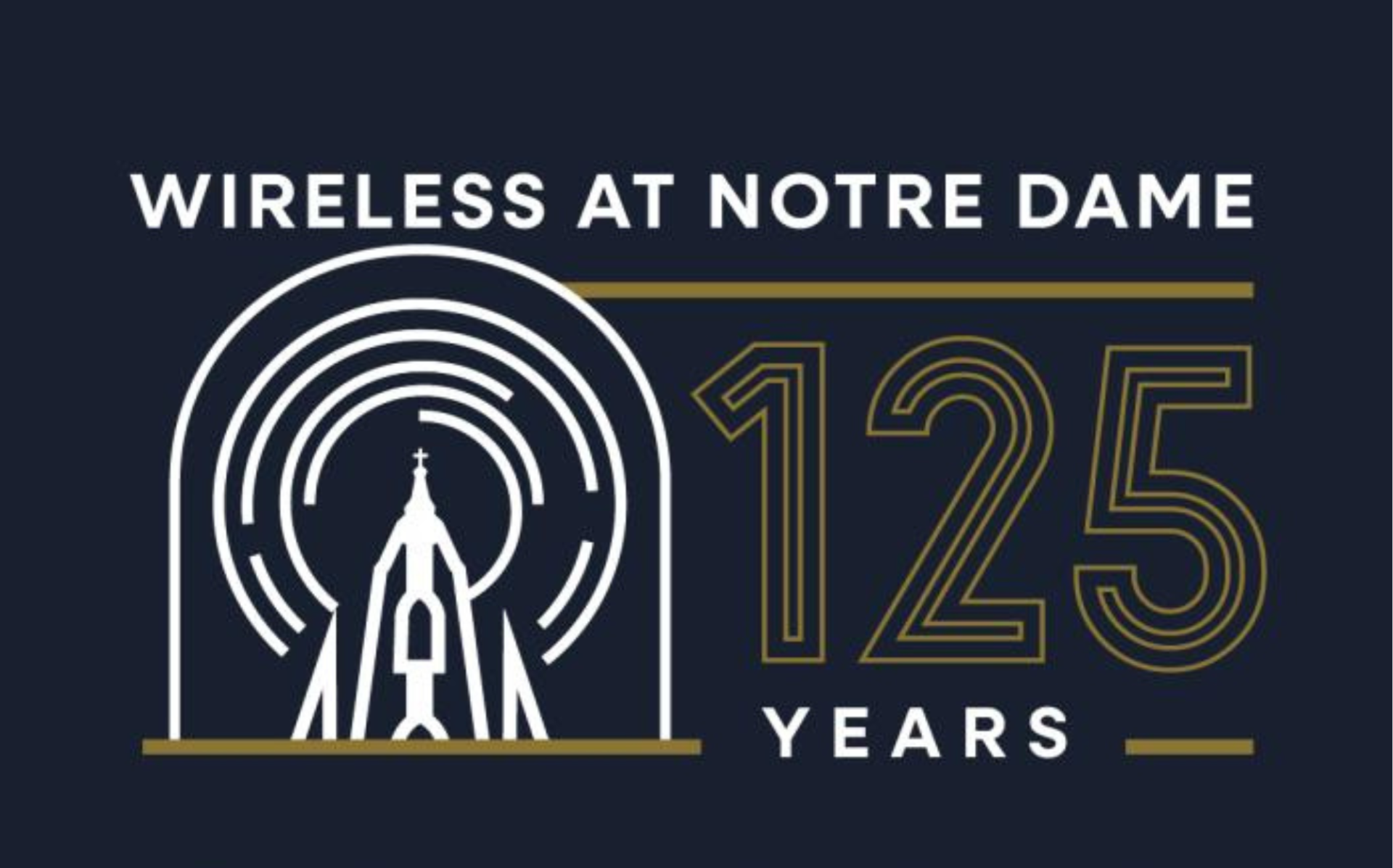
The Wireless Institute at the University of Notre Dame is a research center within the College of Engineering, committed to advancing wireless technologies and governmental policies surrounding the use of the radio frequency spectrum. The institute brings together a diverse team of faculty, staff, and students from various disciplines, fostering a collaborative environment that drives innovative research and large-scale wireless projects. The institute focuses on projects that explore the cutting-edge of low-power, high-frequency, and intelligence-based distributed wireless technologies. Its innovations range from developing advanced antennas to improving wireless networks. Through its work, the Wireless Institute aims to make significant contributions to the evolution of wireless systems, pushing the boundaries of what’s possible in the field.
It’s been another remarkable year for the Wireless Institute at the University of Notre Dame! In this brief update, we reflect on the key milestones and accomplishments of the past year, showcasing the progress we’ve made in advancing wireless technologies and collaborating with our dedicated sponsors and partners. We are immensely grateful for their continued support and look forward to even more exciting achievements in the year ahead. Here’s a look back at some of our most significant highlights from the past year, as we continue to push the boundaries of innovation and research in wireless communication.
Continued Faculty Engagement in Washington, DC
Professors Monisha Ghosh and Nick Laneman have remained highly engaged with federal stakeholders in Washington, DC. Both participated in panels during the NTIA’s Spectrum Policy Symposium in February, contributing valuable insights. In addition, Dr. Ghosh testified before Congress in March, further strengthening our academic presence and influence in national policy discussions.
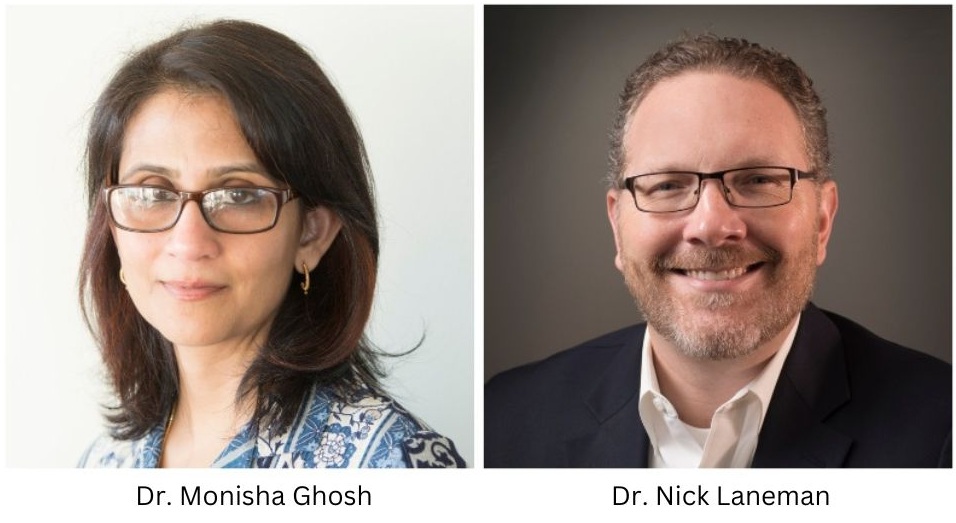
Celebrating a Historic Milestone: 125 Years of Wireless Innovation
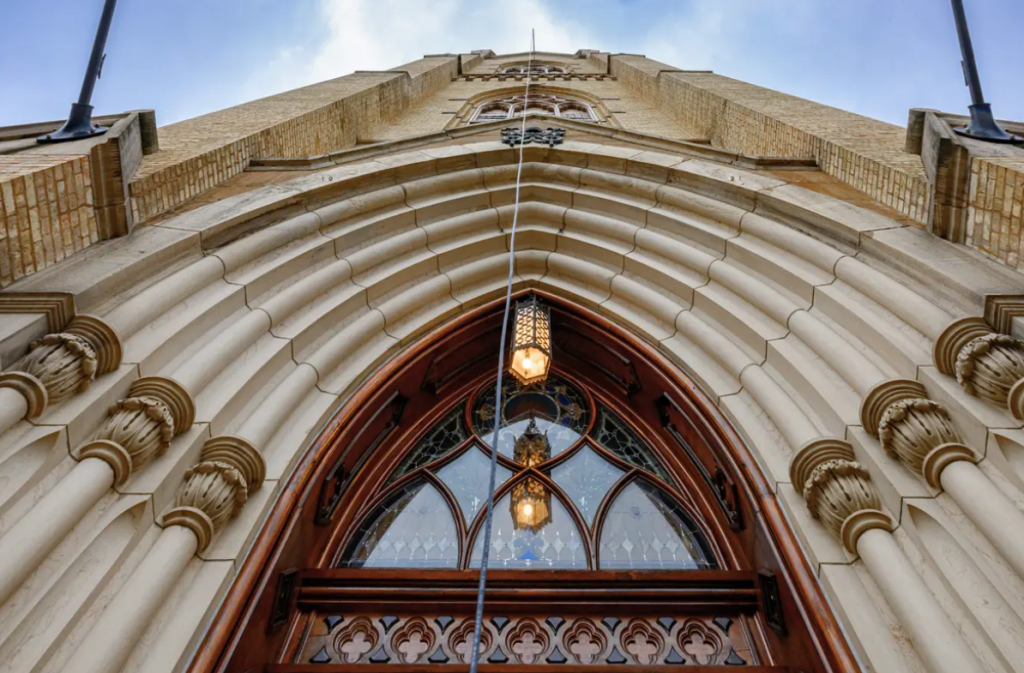
In April, the entire Wireless Institute team, along with a number of partners across campus, came together to celebrate the 125th anniversary of North America’s first long-distance wireless transmission. This historic event, which took place on April 19, 1899, between the University of Notre Dame and Saint Mary’s College marked a significant milestone in the development of wireless technology.
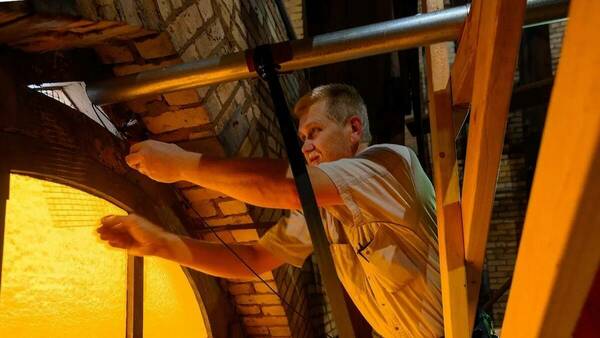
The celebration began with a keynote lecture followed by a demonstration that emulated the original transmission. Panel discussions highlighted the historical aspects of the pioneering wireless communication, and members of the Wireless Institute team, along with invited speakers, helped educate the community about the profound impact of this groundbreaking achievement. This first transmission, led by Professor Jerome Green of Notre Dame and Sister Mary Antonine of Saint Mary’s College, in collaboration with their students, was a critical moment in the evolution of wireless technology. Their efforts not only put wireless communication on the map but also paved the way for the innovations we see today. The anniversary event also brought together thought leaders from industry, government, and academia. This collaborative gathering provided an opportunity to discuss the future of wireless technology and policy, ensuring that both the United States and Notre Dame remain at the forefront of wireless advancements in the years to come.
Lab Expansions and Renovations
In preparation for the 125th event, we took the opportunity to renovate shared lab space in Cushing-Fitzpatrick Hall with new paint, lighting, meeting, and technical staff desks. We now have dedicated space to host research visitors directly in the labs for various lengths of time. Please reach out to schedule a time to visit and collaborate with us! Additional funding and lab space secured in partnership with NDnano through the Microelectronics Commons program will enable comprehensive testing of millimeter wave antennas, circuit components, and systems.
Research Project Updates
- Over-the-Air Performance Testing Laboratory
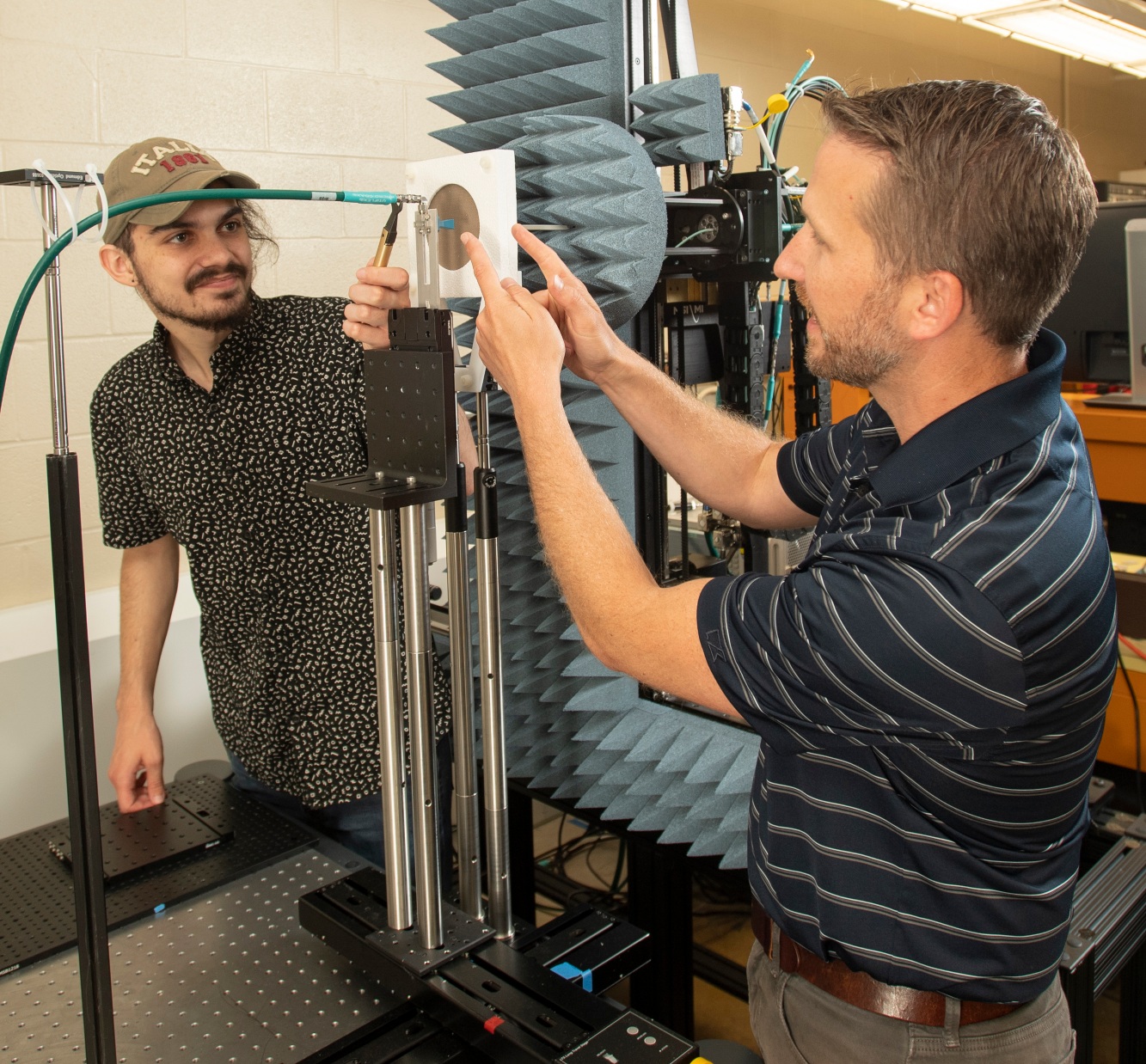
Professors Jonathan Chisum and Patrick Fay are completing an over-the-air (OTA) chamber to test antennas and radio-frequency front ends for sensitivity and bandwidth at carriers to 40 GHz with standard WiFi and 5G-6G cellular waveforms and signals. Using a grant from the Microelectronics Commons, the laboratory in Stinson-Remick is set to be operational this coming year and utilize equipment and standardized interfaces from Keysight Technologies.
The laboratory invites potential users to apply by contacting Prof. Chisum at jchisum@nd.edu.
- Shared Spectrum Sandbox
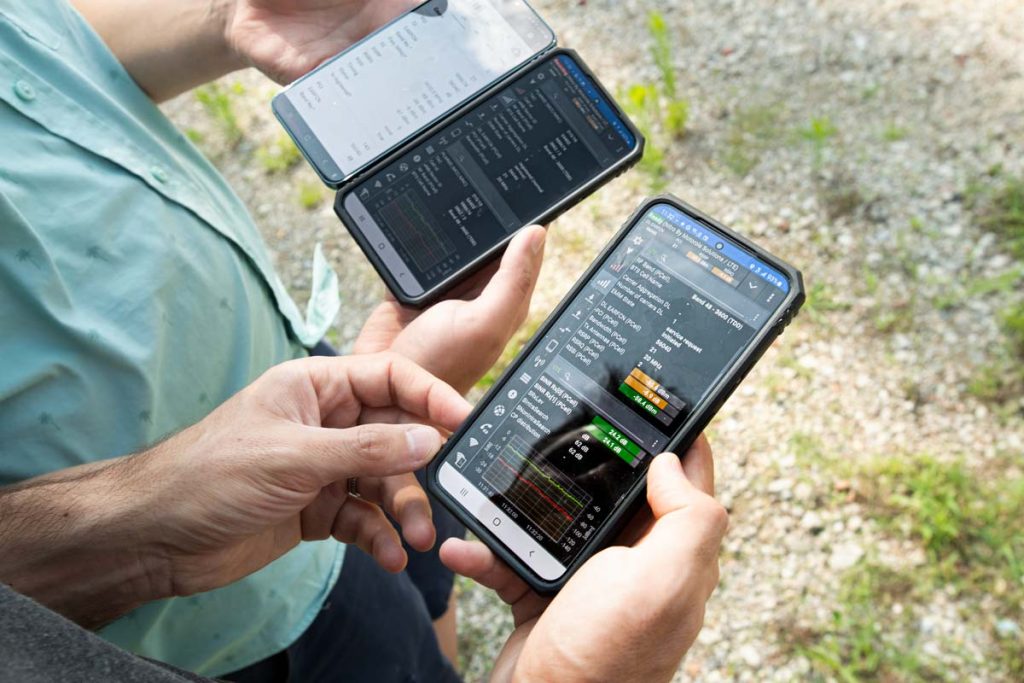
Dr. Monisha Ghosh and her team are advancing next-generation wireless networks by improving connectivity and optimizing spectrum use. They are evaluating technologies like 5G cellular and 6 GHz Wi-Fi through real-time smartphone-based mapping to address coverage gaps. In December, Professor Ghosh’s students conducted some of the first comprehensive tests on Wi-Fi 6E standard. Measurement campaigns were conducted during and after football games in Notre Dame Stadium, the first outdoor college venue to implement Wi-Fi 6E. Testing was conducted outdoors and in surrounding buildings to fully characterize the performance of Wi-Fi 6E standard. In addition to analyzing results from these real time experiments, the team is developing a data repository to support wireless performance analysis in collaboration with the Notre Dame Center for Research Computing (CRC). They are also testing indoor network systems that allow multiple cellular providers to share a single network, enhancing service in large venues like hospitals and stadiums. Their recent research on 6 GHz deployments at Notre Dame Stadium and Neutral Host networks has been submitted to IEEE DySPAN 2025.
- RadioHound Distributed Spectrum Sensing
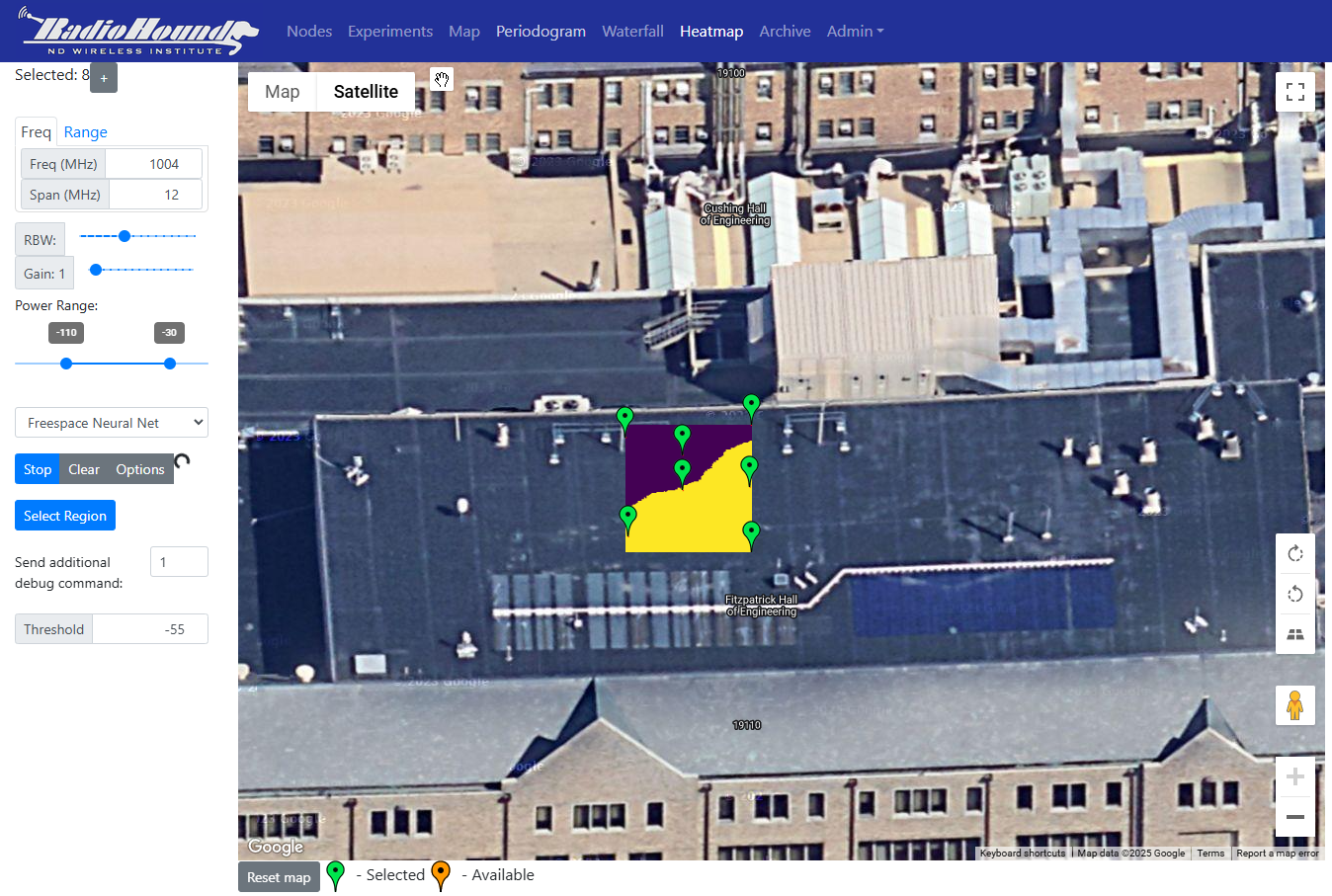
The RadioHound project led by Professor Bertrand Hochwald continues to be a low-cost portable system that tracks and maps how radio frequencies are used in real-time. It is helping researchers understand how wireless devices communicate, how different frequencies can be shared, and how efficiently the spectrum is used across large areas. During the last year, the RadioHound platform has expanded to include third-party sensors of all types, including chemical, video, and audio, with the goal of becoming a platform for the Department of Homeland Security Sentry system. For more information, please contact Professor Hochwald at bhochwald@nd.edu.
- Advanced Technologies for mmWave Systems

Prof. Hochwald and his team, along with researchers at AT&T, are improving wireless communication at millimeter-wave frequencies. These high-frequency waves can involve expensive technologies, be power-hungry, and have difficulty penetrating walls or traveling over long distances. To solve these problems, the team is testing new circuit designs that are low-power, low-cost, and still have massive data rates. Instead of using a few powerful circuits that consume a lot of energy, they’re using many small, simple circuits. So far, their testing has been successful, using specially designed prototypes they’ve been able to achieve high-speed data with very low energy use.
- Sharing 12.7-13.25 GHz

Prof. Hochwald and his team, along with researchers at AT&T, are exploring the possibility of sharing the 12.7-13.25 GHz band, which is currently allocated for video and uplink satellite services. Their objective is to help AT&T strategize a plan for future mobile services in this band, and effective ways to share this band with existing users. The map to the right visualizes the distribution of radio service licenses in the 12.7 – 13.25 GHz band across the United States. It highlights different fixed, mobile, satellite and federal services’ licensed paths and operating areas. The areas and paths are color-coded, with markers representing receiver sites and earth stations. This analysis helps assess spectrum usage and potential opportunities for spectrum sharing.
- NSF SpectrumX
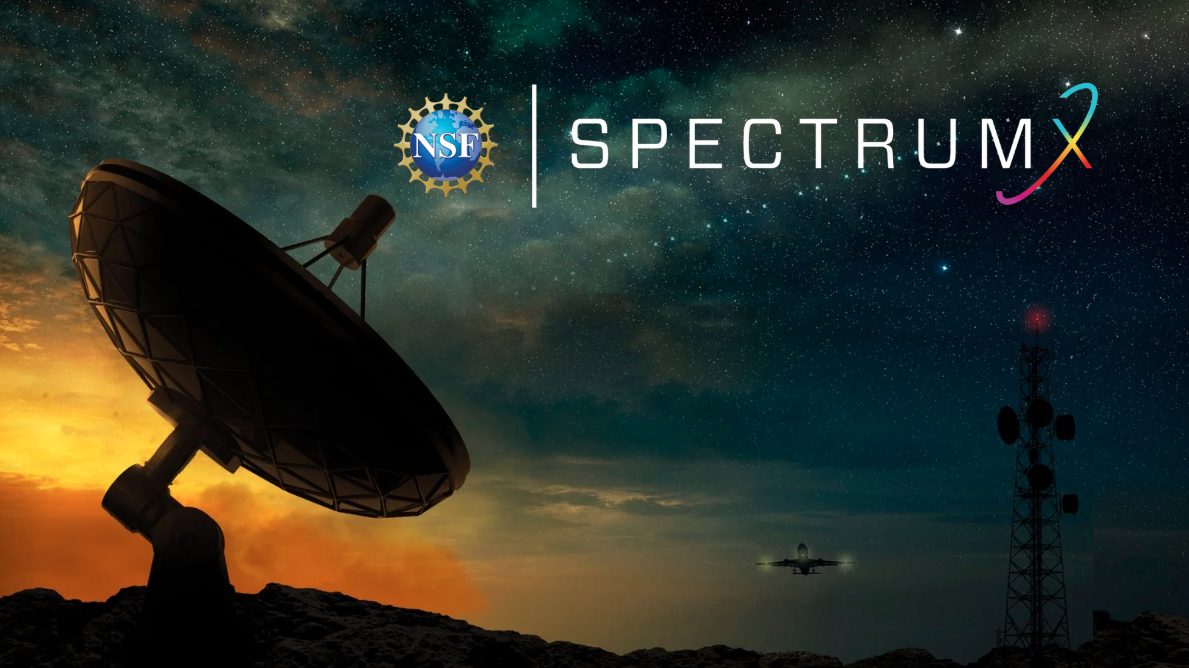
Professors Laneman, Ghosh, and Hochwald from the ND Wireless Institute continue to lead various aspects of NSF SpectrumX, a major national effort across 30 universities to coordinate large-scale, interdisciplinary research on technologies and policies that enable better use of the radio frequency spectrum- the natural resource for all wireless applications. This project benefits from a unique collaboration among the National Science Foundation (NSF), the project sponsor, and the two spectrum regulators, the National Telecommunications and Information Administration (NTIA) and the Federal Communications Commission (FCC), as well as other industry and government partners. In April, Indiana Senator Todd Young and NSF Director Dr. Sethuraman Panchanathan visited the Wireless Institute to discuss Notre Dame’s history as a leader in wireless innovations and its current work leading SpectrumX, further highlighting the institute’s national importance. SpectrumX focuses research efforts around two flagship projects, contributes to the National Spectrum Strategy, organized NSF Spectrum Week 2024 with over 450 attendees, and added center-wide undergraduate research and a school this past summer
- EDA Tech Hubs
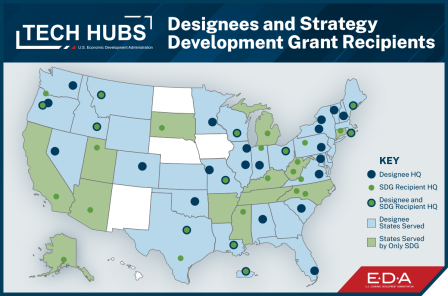
Professor Laneman is also spearheading a team planning to add regional innovation, commercialization, and economic development activities to complement wireless and wireless-adjacent research and educational efforts at Notre Dame. The goals of this project are to expand and accelerate the creation of commercial wireless technologies, to attract large company investments and incubate startup companies in the region that create high-tech jobs, and to attract and train high-tech workers to fill them. With initial funding from the Economic Development Administration (EDA) in the Department of Commerce, the Wireless Institute is collaborating with the ND Nanoscience and Technology Center, the IDEA Center, iNDustry Labs, the City of South Bend, the State of Indiana, and a number of other regional and industry partners to pursue this opportunity.
Multiple Community Research Infrastructure Grants
Members of the Wireless Institute have secured approximately $2M in funding from the NSF CIRC program to advance several key projects. One major initiative is the development of a wireless network testbed on the Notre Dame campus, which will operate in shared spectrum bands. This testbed will enable real-time testing and analysis of wireless technologies in real-world environments. Additionally, the team is partnering with Rice University to create a modular platform for wireless networking, imaging, and sensing. This platform aims to significantly enhance research capabilities and drive innovation, supporting the development of 6G wireless technology. These efforts will help expand the possibilities of wireless communication, enabling new breakthroughs and accelerating advancements in the field.
Staffing Changes
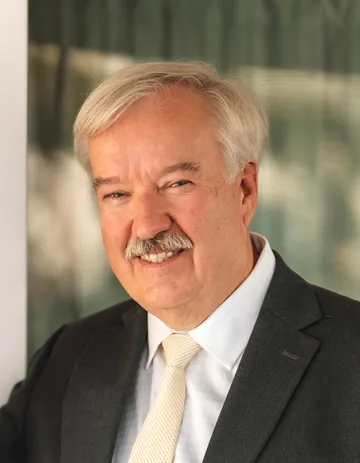
In May of this year, we mourned the loss of Dan Pedtke, our research hardware engineer. His contributions to our team and projects were invaluable, and he will be deeply missed. Since his passing, we have been actively searching for a replacement to fill this important role.
Additionally, we were pleased to welcome Julie Hahn as our new Administrative Coordinator after Tiffanie Sammons transitioned to a new role in Notre Dame Research in November. We thank Tiffanie for her hard work and dedication and look forward to the continued success and contributions that Julie will bring to the team.
Looking Ahead
As we move into the new year, we’re excited about the opportunities on the horizon. Plans to expand research initiatives, deepen community engagement, and offer new learning experiences are already taking shape, promising a year of growth and continued achievement in 2025.
A heartfelt thank you to everyone who has contributed to making this past year such a success. Together, we’re shaping a brighter future.
Story written by Julie Hahn
The Wireless Institute at Notre Dame. For more information on this story or the Institute contact us @ wireless@nd.edu
